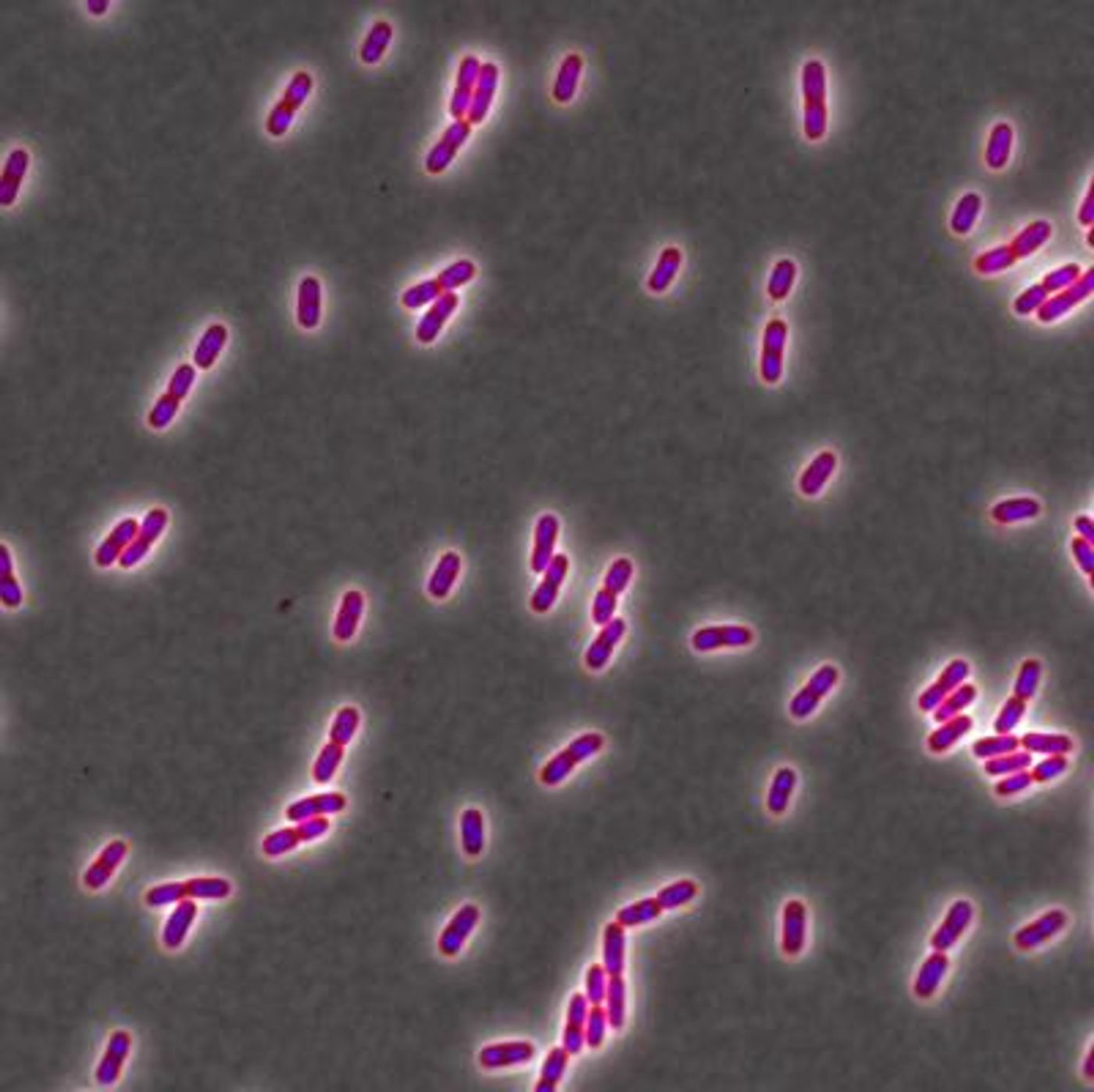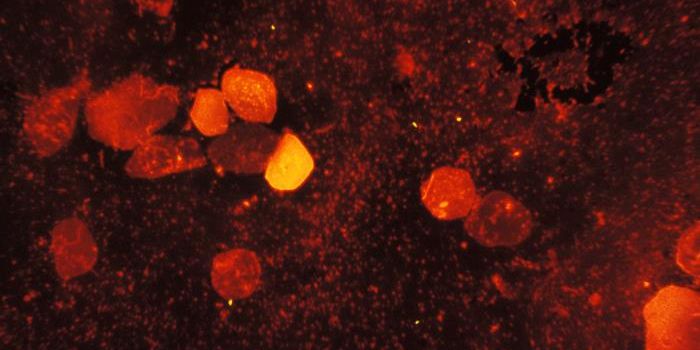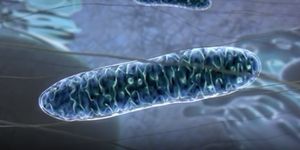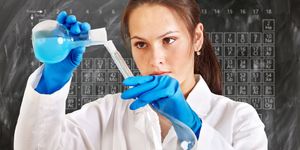Common Antimicrobial Agent Reduces the Efficacy of Antibiotics
Triclosan is a compound commonly added to many household products and even toys and credit cards so microbial growth will be reduced or prevented. It has been suggested that the pervasive use of antimicrobial agents might be inadvertently encouraging drug-resistant microbes. Now, researchers at Washington University in St. Louis (WUSTL) have found that triclosan can cause bacteria to become tolerant of antibiotic levels that would have otherwise been lethal. The findings have been reported in Antimicrobial Agents & Chemotherapy.
"In order to effectively kill bacterial cells, triclosan is added to products at high concentrations,” noted Petra Levin, a professor of biology in Arts & Sciences at WUSTL. "Triclosan is very stable. It lingers in the body and in the environment for a long time."
Because of safety concerns and questionable efficacy, the FDA has discouraged the use of triclosan in soap in 2016, but companies still use it in other stuff.
In this study, the researchers applied antimicrobial agents to two groups of bacterial cells, one of which had been exposed to triclosan before the treatment while the other had not. Triclosan enabled the bacteria to evade the effect of the antibiotics.
"Triclosan increased the number of surviving bacterial cells substantially," Levin said. "Normally, one in a million cells survive antibiotics, and a functioning immune system can control them. But triclosan was shifting the number of cells. Instead of only one in a million bacteria surviving, one in ten organisms survived after 20 hours. Now, the immune system is overwhelmed."
"Triclosan increased tolerance to a wide breadth of antibiotics," said Corey Westfall, a postdoctoral scholar. "Ciprofloxacin (also known as Cipro) was the most interesting one to us because it is a fluoroquinolone that interferes with DNA replication and is the most common antibiotic used to treat UTIs."
UTIs (urinary tract infections) happen after bacteria like E. coli infect the urinary tract, and they are common. Because about 75 percent of adults in the US have detectable levels of triclosan in their urine, the scientists wondered whether triclosan interferes with UTI treatment.
After mimicking triclosan exposure and UTIs in mice, the researchers found that in triclosan-exposed mice, there were significantly more bacteria stuck to the bladder and in the urine. "The magnitude of the difference in bacterial load between the mice that drank triclosan-spiked water and those that didn't is striking," Levin said.
"If the difference in the number of bacteria between the groups was less than tenfold, it would be difficult to make a strong case that the triclosan was the culprit," Levin added. "We found 100 times more bacteria in the urine of triclosan-treated mice - that is a lot."
Additional work showed that cells get less sensitive to antibiotics because triclosan works with ppGpp, a molecule that inhibits cell growth. When the cell is under stress, ppGpp can shut down pathways that generate important building blocks like proteins, lipids, DNA and RNA, which diverts resources toward survival, and away from growth.
"There is a rule in medicine that you don't give drugs that slow cell growth before drugs that kill cells," Levin noted. Because antibiotics target those pathways, like DNA synthesis, if the pathways get shut down, the drugs don’t work well.
Additional work is necessary to confirm these findings in humans, Levin added, but the “hope is that this study will serve as a warning that will help us rethink the importance of antimicrobials in consumer products."
Sources: AAAS/Eurekalert! via Washington University in St. Louis, CDC, Antimicrobial Agents & Chemotherapy









